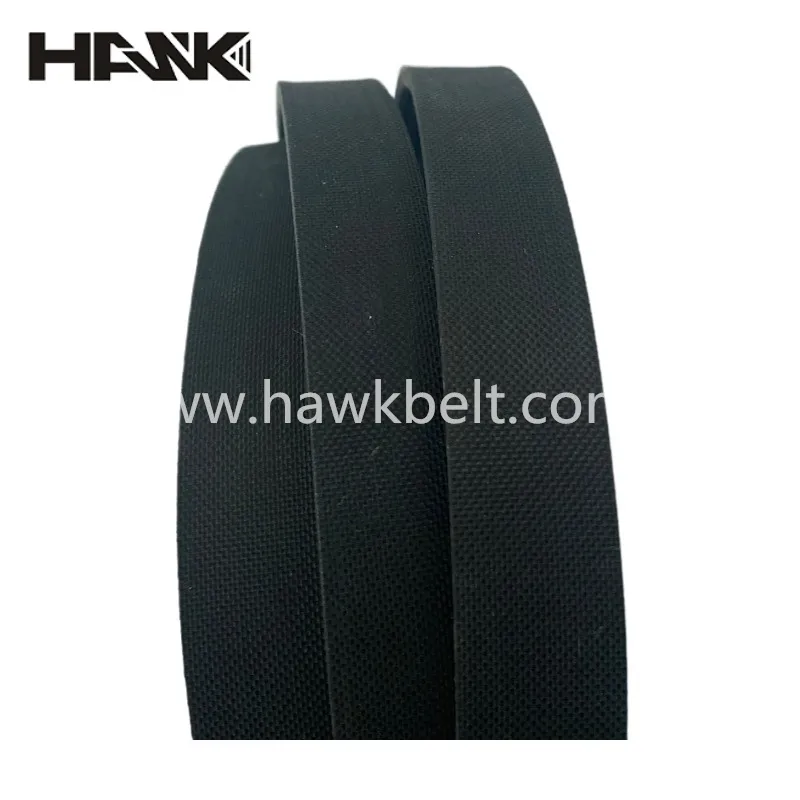- Arabic
- French
- Russian
- Spanish
- Portuguese
- Turkish
- Armenian
- English
- Albanian
- Amharic
- Azerbaijani
- Basque
- Belarusian
- Bengali
- Bosnian
- Bulgarian
- Catalan
- Cebuano
- Corsican
- Croatian
- Czech
- Danish
- Dutch
- Afrikaans
- Esperanto
- Estonian
- Finnish
- Frisian
- Galician
- Georgian
- German
- Greek
- Gujarati
- Haitian Creole
- hausa
- hawaiian
- Hebrew
- Hindi
- Miao
- Hungarian
- Icelandic
- igbo
- Indonesian
- irish
- Italian
- Japanese
- Javanese
- Kannada
- kazakh
- Khmer
- Rwandese
- Korean
- Kurdish
- Kyrgyz
- Lao
- Latin
- Latvian
- Lithuanian
- Luxembourgish
- Macedonian
- Malgashi
- Malay
- Malayalam
- Maltese
- Maori
- Marathi
- Mongolian
- Myanmar
- Nepali
- Norwegian
- Norwegian
- Occitan
- Pashto
- Persian
- Polish
- Punjabi
- Romanian
- Samoan
- Scottish Gaelic
- Serbian
- Sesotho
- Shona
- Sindhi
- Sinhala
- Slovak
- Slovenian
- Somali
- Sundanese
- Swahili
- Swedish
- Tagalog
- Tajik
- Tamil
- Tatar
- Telugu
- Thai
- Turkmen
- Ukrainian
- Urdu
- Uighur
- Uzbek
- Vietnamese
- Welsh
- Bantu
- Yiddish
- Yoruba
- Zulu
elo . 09, 2024 01:15 Back to list
Understanding the Importance and Maintenance of Your Vehicle's Timing Belt for Optimal Performance
Understanding Auto Timing Belts Essential Components for Engine Performance
The timing belt is a crucial component of an internal combustion engine, playing a key role in ensuring that the engine's various components operate in harmony. This article delves into the significance of the timing belt, its functions, signs of wear, and the importance of regular maintenance to enhance the longevity and performance of your vehicle.
What is a Timing Belt?
The timing belt is a rubber belt that synchronizes the rotation of the crankshaft and camshaft(s) in an engine. This synchronization is vital for maintaining the precise timing needed for the engine’s intake and exhaust valves to open and close at the correct intervals during the combustion cycle. Most timing belts also have teeth that grip the associated gears, ensuring that the components operate smoothly and effectively.
The Importance of the Timing Belt
A properly functioning timing belt is essential for several reasons
1. Engine Synchronization The timing belt ensures that the engine's valves open and close properly in relation to the position of the pistons. This synchronization is imperative for maintaining optimal engine performance and efficiency.
2. Preventing Engine Damage A broken or malfunctioning timing belt can lead to catastrophic engine failure. In interference engines, a timing belt failure can cause the pistons and valves to collide, resulting in extensive damage that can require a costly engine rebuild or replacement.
3. Fuel Efficiency When the timing belt is in good condition, the engine runs smoothly, contributing to better fuel efficiency. A worn or misaligned timing belt can disrupt this efficiency, leading to increased fuel consumption.
Signs of Timing Belt Wear
auto timing belt

Understanding the signs of timing belt wear can help vehicle owners address issues before they lead to serious problems
. Some common indicators include- Unusual Noises A ticking or slapping sound coming from the engine could indicate that the timing belt is worn or misaligned.
- Engine Misfiring If the timing belt is not allowing proper valve timing, the engine may misfire, resulting in a rough idle or decreased performance.
- Oil Leaks Timing belts are often lubricated, and oil leaks around the timing belt cover may signal wear and the need for replacement.
- Dashboard Warning Lights Many modern vehicles have warning systems that alert drivers to engine issues, including potential timing belt problems.
Maintenance and Replacement
Most manufacturers recommend replacing the timing belt every 60,000 to 100,000 miles, although this can vary based on the make and model of the vehicle. Regular maintenance checks are important; during these assessments, mechanics can inspect the timing belt for any signs of wear or deterioration.
When having the timing belt replaced, it's advisable to consider replacing other related components, such as the water pump, tensioner, and idler pulleys. These parts are often located in the same area, and replacing them simultaneously can save time and money in the long run.
Conclusion
In conclusion, the timing belt is a vital component that should not be overlooked. Understanding its functions, recognizing the signs of wear, and adhering to a regular maintenance schedule are crucial steps in ensuring that your vehicle operates smoothly. Neglecting the timing belt can lead to significant engine damage and costly repairs, emphasizing the importance of this often underappreciated component in the automotive world. Vehicle owners should stay informed, proactive, and consult their owner's manual or a qualified mechanic to ensure their timing belt remains in optimal condition.
-
Korean Auto Parts Timing Belt 24312-37500 For Hyundai/Kia
NewsMar.07,2025
-
7PK2300 90916-T2024 RIBBED BELT POLY V BELT PK BELT
NewsMar.07,2025
-
Chinese Auto Belt Factory 310-2M-22 For BMW/Mercedes-Benz
NewsMar.07,2025
-
Chinese Auto Belt Factory 310-2M-22 For BMW/Mercedes-Benz
NewsMar.07,2025
-
90916-02660 PK Belt 6PK1680 For Toyota
NewsMar.07,2025
-
drive belt serpentine belt
NewsMar.07,2025

